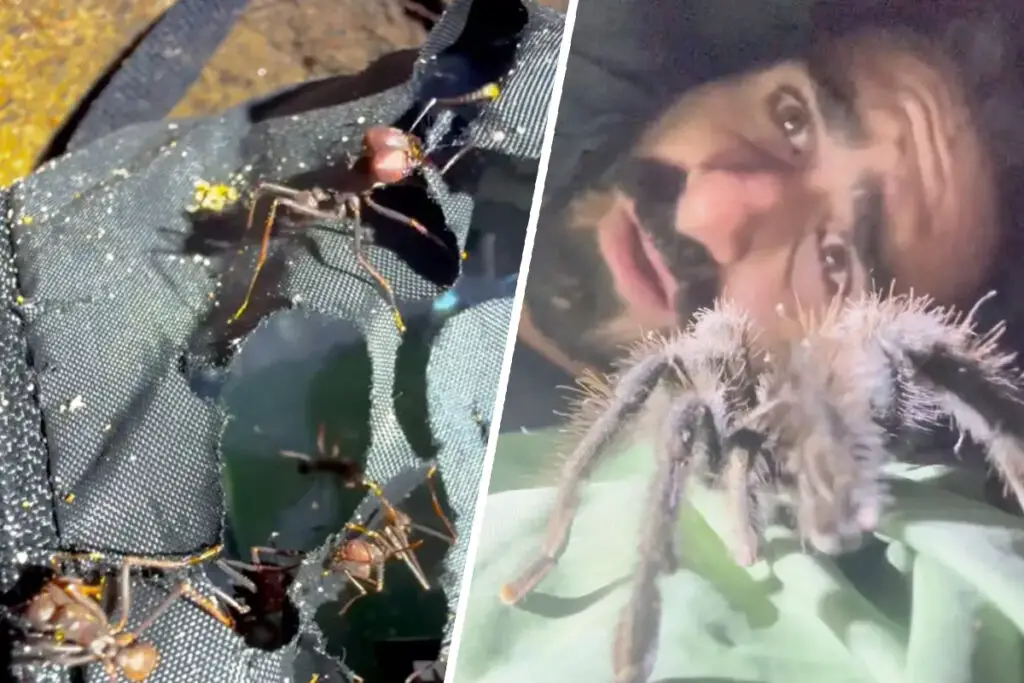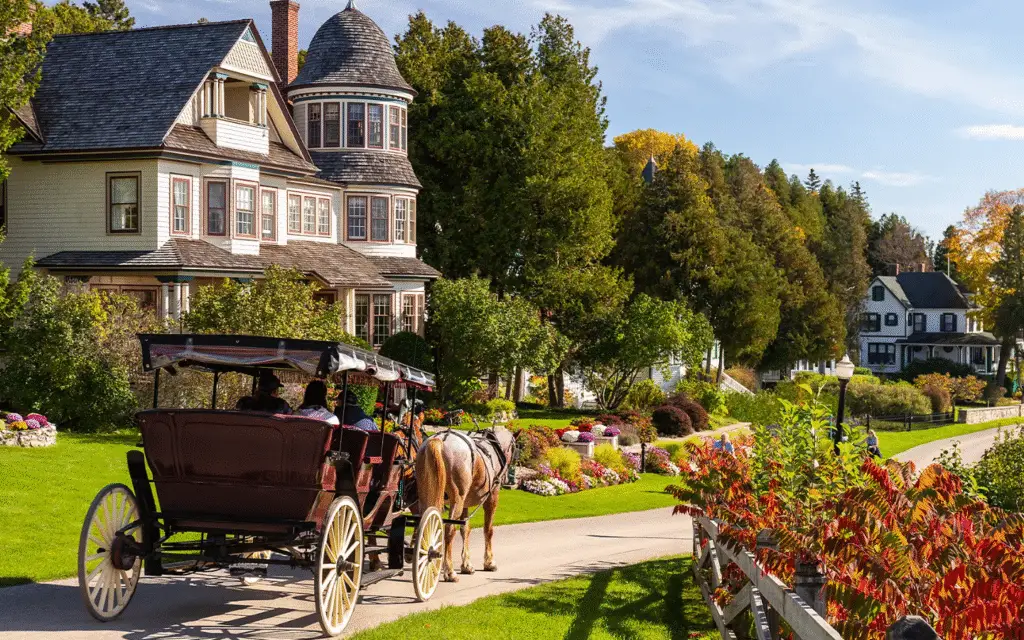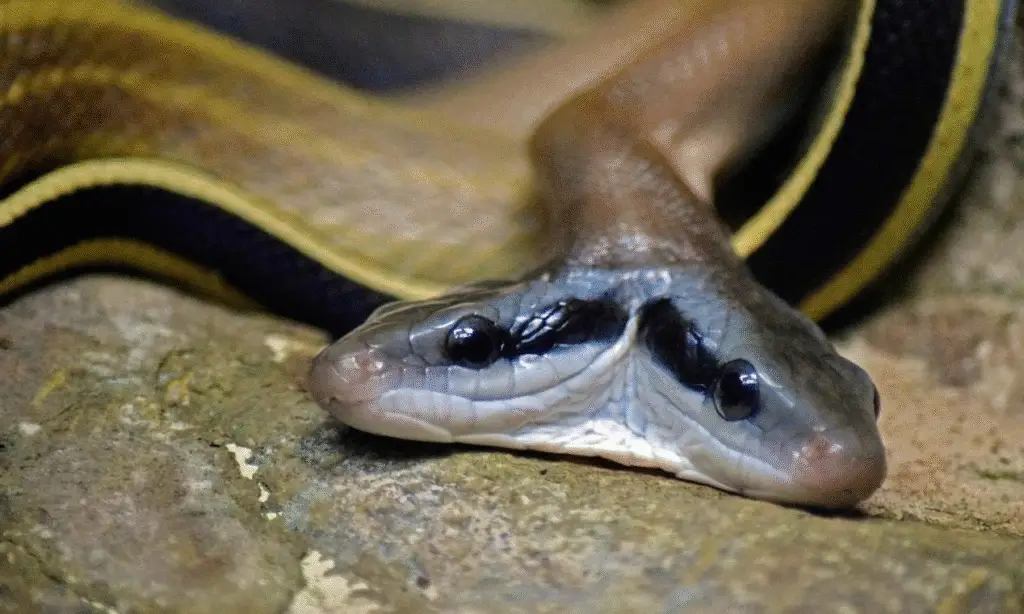The Camel’s Secret Weapon for Survival And Why Camel Dulla is More Important Than Ever

Yabello, Ethiopia — When a male camel erupts a fleshy, bubblegum-pink sac from his mouth, flapping it like a deflating balloon while gurgling loudly, it’s easy to dismiss the spectacle as nature’s version of a bad party trick.
But this bizarre organ—the dulla—is no joke. For camels, it’s a survival tool etched into their biology. For drought-ravaged communities, it’s a beacon of hope.
The Dulla Decoded: Anatomy of a Desert Dominance Display
The dulla, a unique feature of male dromedary camels, is a inflatable throat sac that transforms into what scientists call a “pink flag” during mating season.
When sexually aroused, muscles in the camel’s throat push the sac out of its mouth, unfurling a foot-long, tongue-like structure that drips with saliva and mucus.
“It’s like a biological billboard,” says Dr. Emily Sands, a zoologist at the University of Addis Ababa.
“The bigger and brighter the dulla, the more dominant the male—and the more likely he’ll win over females.”
This ritual isn’t just about romance. Dominant males with robust dulla displays sire stronger offspring, a trait critical as climate extremes test camels’ limits.
Female camels, scientists note, instinctively favor males with pronounced dulla, associating the organ’s vibrancy with genetic fitness.
“It’s Darwinism in action,” says Sands. “In harsh environments, only the toughest males pass on their genes.”
Survival Science: How the Dulla Shields Camels—and Humans—From Disaster
The dulla’s role in ensuring healthy offspring is now existential.
Camels can survive 40°C (104°F) heat, lose 30% of their body weight to dehydration, and still produce protein-rich milk—abilities cattle and goats lack.
But as droughts intensify, even camels face pressure. Herders like 52-year-old Yusuf Mohammed in Ethiopia’s Somali region say the dulla’s signaling power has become a lifeline.
“When a male’s dulla looks weak, we know not to breed him. We need calves that can endure endless dry seasons,” he explains.
Ethiopia’s camel population has ballooned to 8.1 million, with herders increasingly relying on selective breeding.
A 2024 study in the Journal of Arid Environments found that calves sired by males with larger dulla displays gained weight 22% faster during droughts—a key predictor of survival.
“The dulla isn’t just a mating ornament; it’s a proxy for resilience,” says Prof. Bekele Megersa, a lead author of the study.
Climate Chaos vs. Camel Courtship: A Race Against Time
But climate change is disrupting this ancient ritual.
Camels typically mate after seasonal rains, ensuring calves are born when food is abundant.
Now, with rains erratic or absent, males inflate their dulla at random intervals, often out of sync with females’ fertility cycles.
A 2025 ILRI survey found that 63% of herders in Kenya’s Turkana region reported fewer pregnancies in their camels over the past two years—a trend linked to mismatched mating signals.
“The dulla evolved in a predictable climate,” says Dr. Theo Knight-Jones, a veterinary researcher.
“When the environment becomes chaotic, even this adaptive trait struggles.” Compounding the crisis: heat stress and poor nutrition can suppress dulla development, creating a vicious cycle of declining genetic fitness.
Beyond the Drool: The Dulla’s Hidden Biological Marvels
The dulla’s anatomy reveals why it’s so vital.
Made of elastic tissue and blood vessels, it inflates when the camel exhales, creating a visual and auditory spectacle—the guttural roars accompanying the display can be heard over a mile away.
Researchers believe the sac’s bright pink hue, caused by dense capillaries, signals robust blood flow and oxygen efficiency—traits essential for surviving low-water conditions.
“It’s a health certificate written in biology,” says Knight-Jones. “If a male can invest energy into inflating this organ, he’s metabolically fit enough to handle drought.”
Global Implications: From Desert Rituals to Urban Markets
The dulla’s impact stretches far beyond deserts.
Camel milk, rich in insulin-like proteins and vitamin C, now fuels a $4.86 billion industry in Africa and the Middle East.
In Ethiopia, cooperatives like Camel Milk for Life train herders to select breeding males based on dulla size, ensuring a steady supply of drought-resilient camels.
“No dulla, no business,” says co-op founder Fatima Ahmed. “We can’t afford weak calves.”
Yet challenges persist. Diseases like trypanosomiasis, spread by tsetse flies, often target camels with weaker immunity—a trait linked to poor dulla development.
And as temperatures rise, access to clean water—critical for maintaining healthy dulla tissue—is dwindling.
In Ethiopia’s Afar region, 70% of water sources are salt-contaminated, leaving camels dehydrated and less likely to display strong mating signals.
































